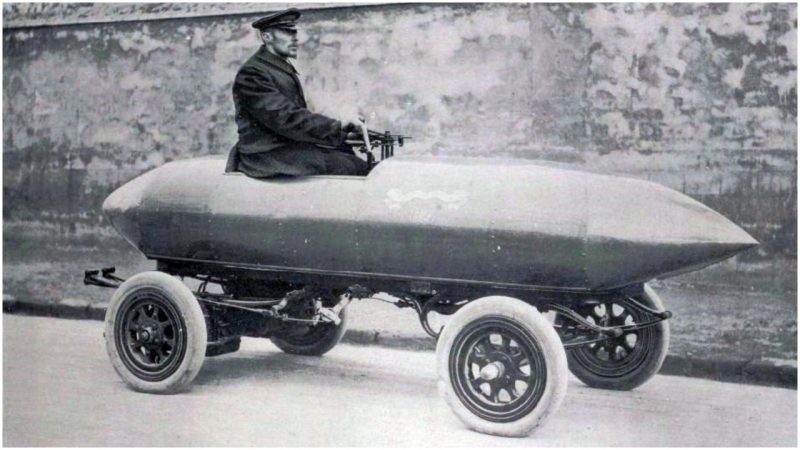In the early 1910s, gasoline-powered vehicles achieved dominance in the automotive market. Since then, car-manufacturing companies concentrated almost exclusively on perfecting gasoline-powered motors, until the end of the 20th century when electric-powered vehicles became popular due to their practicality and environment-friendly features.
However, before the dominance of internal combustion engines was firmly established, pioneers of the automotive industry favored different types of motors, including those powered by steam and electricity, and constantly competed to show that the type of motor that they favored was superior.
Initially, most primordial car manufacturers preferred designing electric vehicles over gasoline-powered ones. In fact, in the late 1890s, which was the bright dawn of the road-vehicle era, the number of automotive companies that produced electric cars was far greater than it is today. Aside from major automotive companies which experimented with electric and gasoline motors at the same time, like the Studebaker Automobile Company, the growing international automotive scene was full of crafty entrepreneurs who were determined to make a breakthrough with newly-designed electric motors.
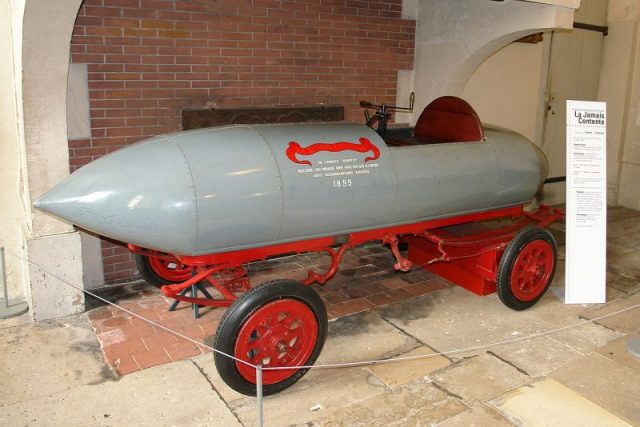
One of those entrepreneurs was Camille Jenatzy, the son of a Belgian rubber-goods magnate and one of the pioneering designers, manufacturers, and drivers of electric cars. In 1898, Jenatzy’s company started competing with a French automotive company named Jeantaud. Both companies wanted to manufacture a car that would be implemented as the official taxicab of Paris. At the time, there was no better way of comparing two road vehicles than an attempt at breaking the land-speed record. Jenatzy, also known as the “Red Devil” because of his red hair and brutish looks, managed to accelerate his “dogcart” electric car to 49.9 mph after several attempts, but Jeantaud’s equally competitive driver, a French count named Gaston de Chasseloup-Laubat, achieved a superior speed of 57.6 mph.
Jenatzy was keen on constructing a revolutionary electric road vehicle, the fastest car on the planet, and the defeat inspired him to try even harder. Over the course of the next year, he worked on a vehicle he named “La Jamais Contente,” which translates to “the Never Satisfied.” The chassis of the car was torpedo-shaped and inspired by the aerodynamic designs of dirigible airships of the time. Also, in order to make the chassis as light as possible, Jenatzky created an unconventional and highly functional alloy of aluminum, tungsten, and magnesium. The two rear-wheel battery-powered electric motors were capable of producing an admirable power output of 68 horsepower.
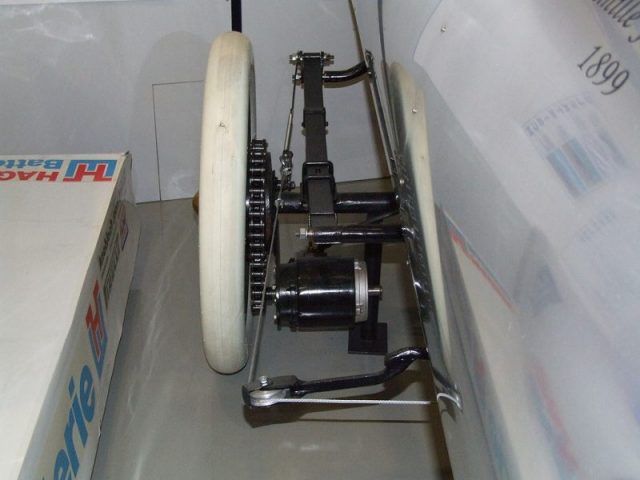
In March of 1899, Jenatzky presented his torpedo-shaped speeder to the Parisian public. He drove over the finish line of the straight racing track at an unprecedented speed of 65.8 mph, a speed that would have probably been greater if he had constructed an even more aerodynamic chassis that wouldn’t expose his entire upper body and head to air resistance.
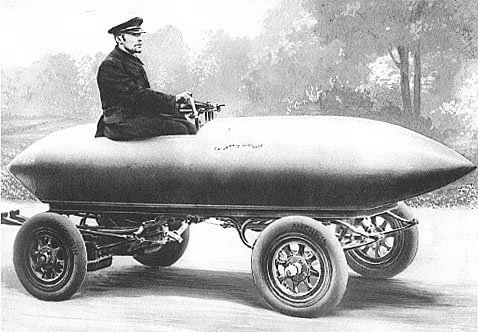
The spectators cheered and asked to see the speeder hurl past them one more time, but Jenatzky couldn’t accelerate the car to the same speed again because of the limitations of electric batteries of the time. Still, the electric “the Never Satisfied” became the fastest road vehicle of the time.
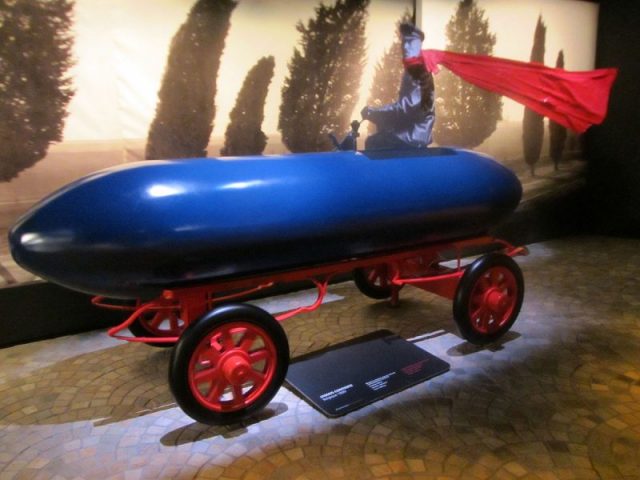
After the demonstration of the car’s capabilities, Jenatzky remained in the spotlight for several months. He was interviewed by a number of French newspapers and magazines and during one interview he shared his thoughts on the experience of traveling at the highest road speed on record: “The car in which you travel seems to leave the ground and hurl itself forward like a projectile ricocheting along the ground. As for the driver, the muscles of his body and neck become rigid in resisting the pressure of the air; his gaze is steadfastly fixed about two hundred yards ahead; his senses are on the alert.”
Jenatzky’s record remained unbroken until 1902, when Leon Serpollet, another French automotive pioneer, managed to accelerate his steam-powered car to a speed of 75.06 mph. Despite this boom in popularity of electric vehicles, the automotive industry gradually shifted towards the production of gasoline-powered engines, which at the time seemed more convenient and far more reliable. Electric cars drifted into obscurity.
